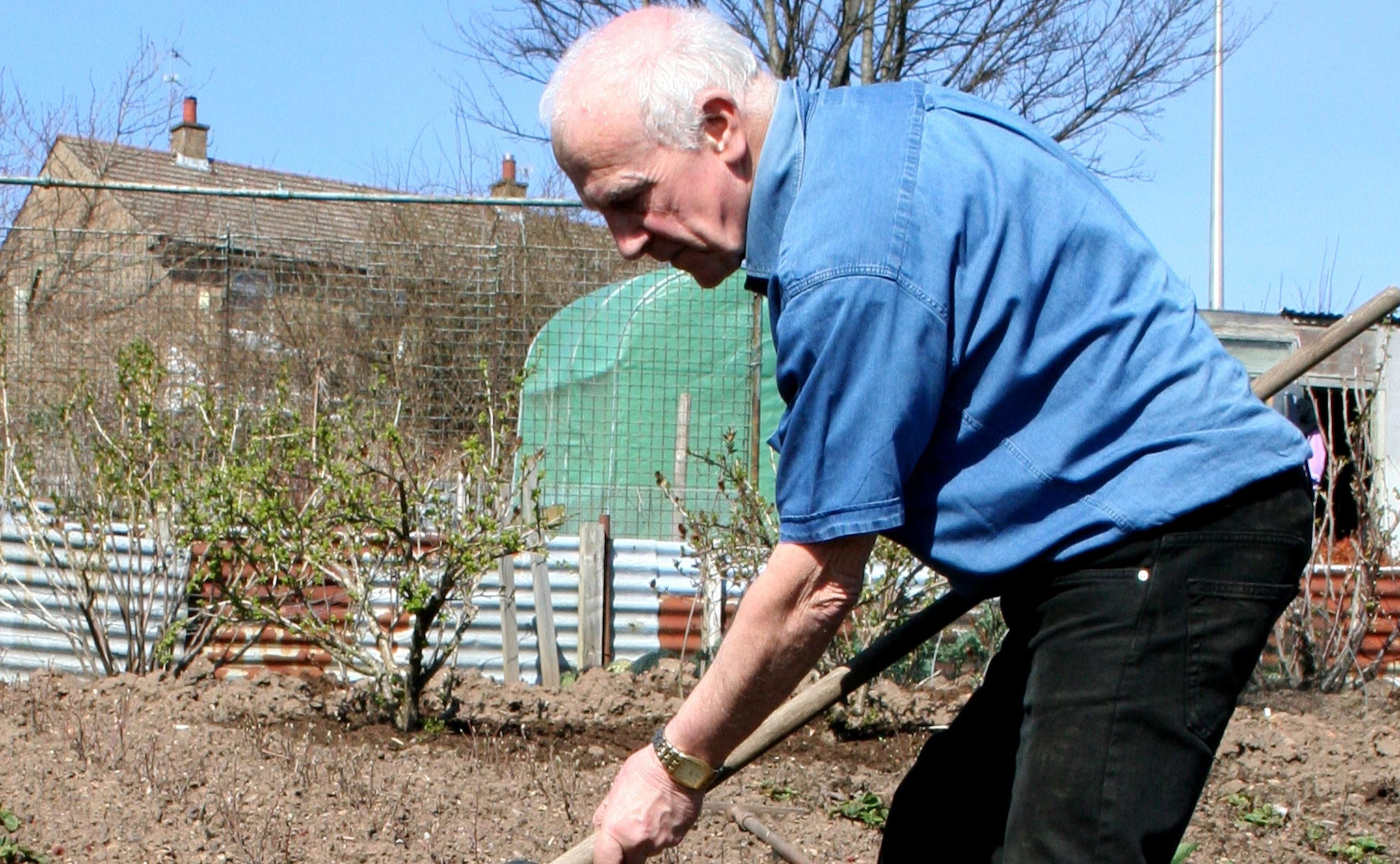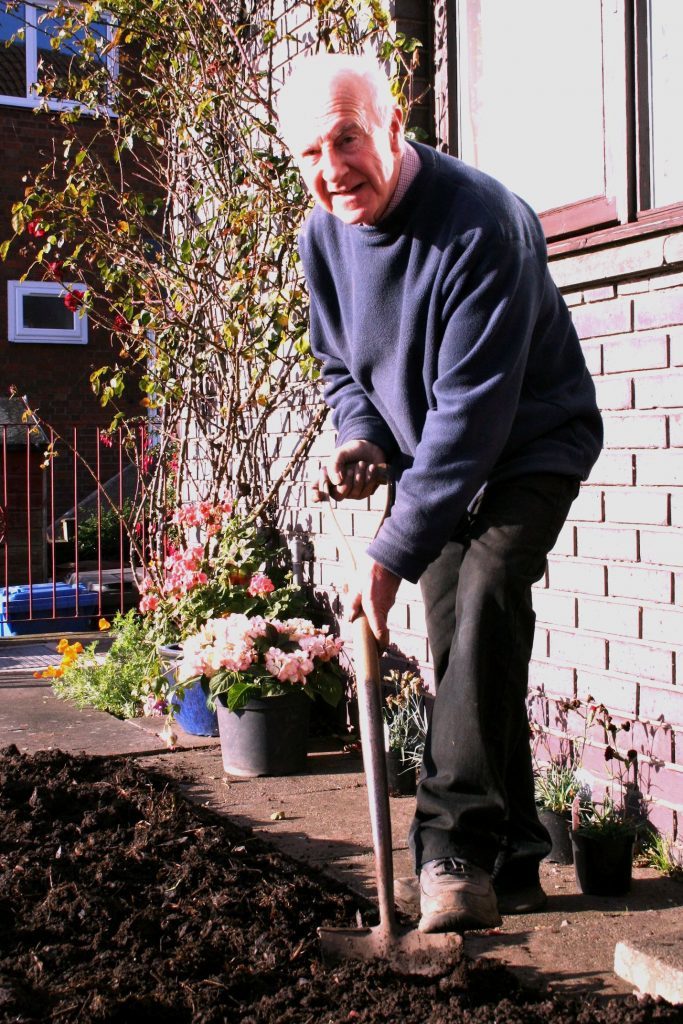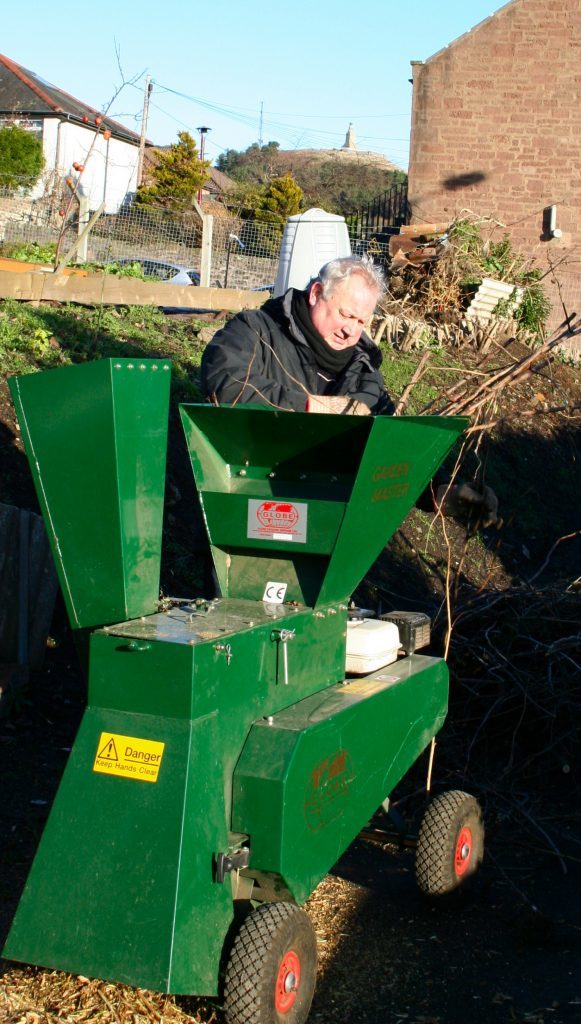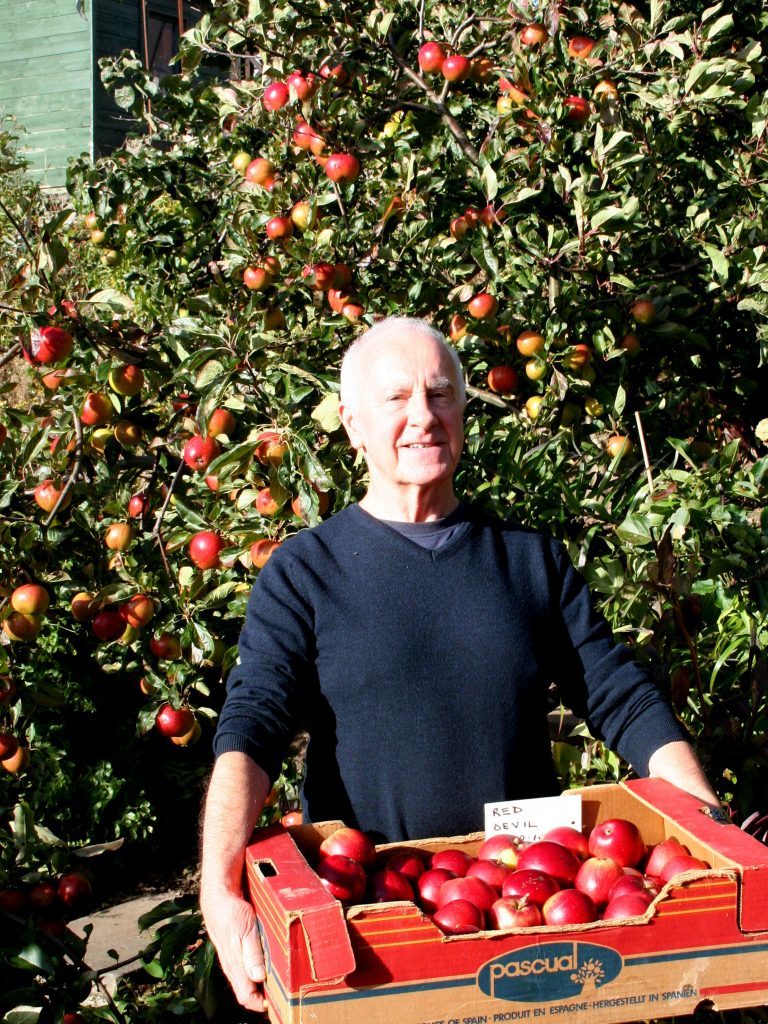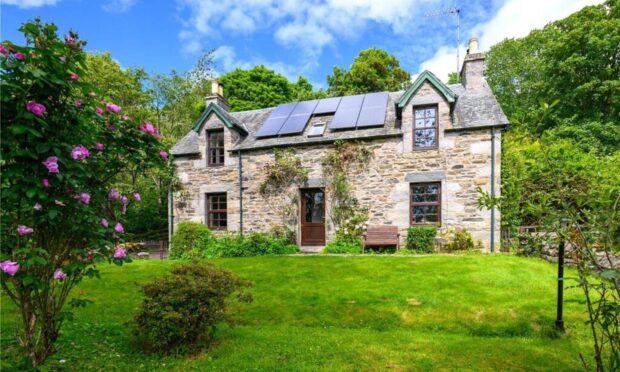Gardening is a great way of keeping fit, explains gardening expert John Stoa
Gardening can be an exhausting hobby. As an apprentice gardener we were often used as a source of cheap labour. The Parks dept grew fields of potatoes and Swedes at Camperdown park for the schools kitchens and it was us that planted, weeded and lifted them, as well as sorting, cleaning, bagging and lifting the hundred weight sacks into stacks for storing. We were always competitive so hard work to us was fun, and as a wee treat we got a small bag of tatties home.
Digging drains by hand at Dawson Park all winter, as the machine kept breaking down, was also our task. We must have had plenty energy, as me and my fellow apprentice lived in St. Mary’s and we cycled to work each day. In the early sixties Dundee embarked on a programme of bringing flowers to the town so we grew roses by the thousand. All rose beds got double dug two feet deep adding in plenty of manure but the hard work was rewarded when the roses came into flower.
Today I have a fair sized garden plus an allotment, and as all works have to be done by the book, so single digging and double digging where necessary still have to get done.
It is a modern idea that the nation needs to get fit, so going to the gym for a workout is quite popular and fashionable. However it is not cheap and at times the repetitive exercises can be a wee bit boring, so I analysed all my gardening activities and reckon that getting an allotment will give you just as much exercise, but at a fraction of the cost. Annual renting of a plot of land is well below £50 a year. Add to that all the very fresh fruit and vegetables available all year round makes allotment life a better option to keep fit with added health benefits of fresh produce.
During the winter months there is the digging, manuring, pruning fruit bushes and trees, then shredding the prunings which get wheel barrowed up steep paths to the compost heap. Any permanent planting of fruit trees and bushes will require soil to be double dug.
Then on dry days fences need fixing and sheds and greenhouses are sure to need repairs to keep them wind and water free.
In spring we break down the soil and rake it level ahead of sowing and planting. Deep furrows are needed for potato planting adding some compost to the bottom of the trench, then earthing them up.
The compost heap is beginning to build up, so it will need turning over to help fresh garden and kitchen waste to rot down. This task will need repeating another twice in summer and autumn.
As seedlings begin to grow they will need thinning out and weeds will take over unless you get down to soil level. Gardeners always develop strong backs with all this bending, and it doesn’t get any better with age as your sight is not as good as previous so you need to bend even closer to the ground so you can tell the weeds from the rows of seedlings.
Summer is when we get our rewards for all the hard work as we pick our first strawberries, raspberries, peas and the first of our early potatoes. Then as the temperatures rise we can relax on the patio with a small glass of Saskatoon, blackcurrant or apple homebrew. However these moments of sheer heaven are short lived as the harvesting season kicks in with a very heavy crop of broad beans, picking the whole crop in the morning, get the beans out of the pods, remove the skins from each seed, then bag up for the freezer, to be completed so we can sit down and relax before the ten o’clock news comes on. Then it is the onions to lift and dry off, followed by sweet corn.
Autumn now kicks in and serious harvesting begins with potatoes then apples, plums and pears.
When you look back over the year, you begin to wonder if membership of a local gym might be no such a bad idea.
Wee jobs to do this week
As new crops begin to grow but will take several weeks to use up their allotted space, sow some quick maturing catch crops such as radish, salad leaves or rocket.
